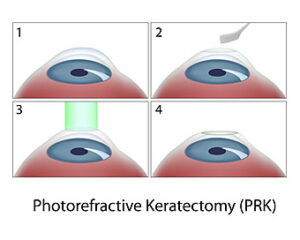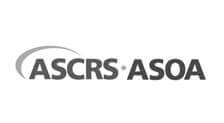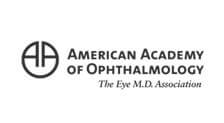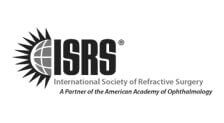LASIK is the most popular refractive error correction procedure in the world. But did you know there are several alternatives to LASIK for those that don’t qualify for it?
At Carter Eye Center, Dr. Carter performs LASIK alternatives like PRK, LASEK, RLE, and implanting the Visian ICL.

What is PRK, and how does it work?
Like LASIK, PRK is another type of laser eye surgery. This procedure can improve your vision, but it’s better suited for those that may not qualify for LASIK.
PRK is different because it doesn’t involve creating a flap, one of LASIK’s main components. During PRK, your surgeon will remove the epithelium.
The epithelium is the outer layer of your cornea. The epithelium will grow back during your recovery period after having PRK. After removing the epithelium, your surgeon will reshape your cornea.
This reshaping is what corrects your vision. The main difference between PRK and LASIK is PRK doesn’t involve creating a flap.
Without a flap, PRK is often better for patients with thin corneas because it removes less tissue.
What is LASEK, and how does it work?
LASEK is a modification of the PRK procedure and LASIK. LASEK corrects refractive errors by reshaping your cornea.
It creates a flap of the epithelium and pushes it off to one side. This remains attached to the eye, and it’s then repositioned at the end of the procedure.
A bandage contact lens is then put on the eye to keep the epithelium in place during the healing process. LASEK is another good option for people with thin corneas or severe dry eyes.
What is the Visian ICL, and how does it work?
The Visian ICL is a removable collamer lens implant that corrects nearsightedness. The procedure is minimally invasive and does not remove any corneal tissue, and it doesn’t change your natural lens.
Also, the lens is removable if your prescription changes as you age or change your mind.
What is RLE, and how does it work?

Refractive lens exchange (RLE) is a procedure that replaces your natural lens with an intraocular lens (IOL) implant. There is a wide array of IOLs available for RLE.
Certain IOLs are suitable for some people, while different lenses are better for others. Your eye doctor will help you choose the right IOL for your goals and lifestyle. RLE is often recommended if you have astigmatism, presbyopia, or farsightedness.
Do LASIK alternatives have risks?
LASIK alternatives are generally safe, but like all medical procedures, they come with some risks. With PRK and LASEK, typical side effects include temporary dry eye and loss of vision.
These usually go away or get better on their own. Side effects of RLE could include glaucoma, infection, retinal detachment, or other issues.
It’s also common to experience minor side effects during the days and weeks after having RLE. Halos around lights, blurred vision, and mild discomfort are all normal as your eyes heal.
Which LASIK alternative has the quickest and easiest recovery time?
As with any medical procedure, your recovery time depends on you and your situation. But most LASIK alternatives have a longer recovery time than LASIK.
● After PRK, you should take a few days off work, and you might need pain medicine. It could take over a month before your vision has stabilized and at its best.
● With LASEK, it often takes patients a week or two for their vision to be functional again. Full recovery can take longer than PRK.
● Visian ICL patients can resume normal activities after a few days. Full recovery can take one to two months.
●After RLE, you’ll be able to get back to your daily activities after about a week. However, it may take a few more weeks before your vision is completely corrected.
Which LASIK alternative is best for me?
Each LASIK alternative has pros and cons. Your eye doctor is the best resource to help you decide which LASIK alternative is the right choice for you.
Schedule an appointment at Carter Eye Center in Dallas, TX, to discuss the best LASIK alternative for you. Act now to reduce your dependency on glasses









